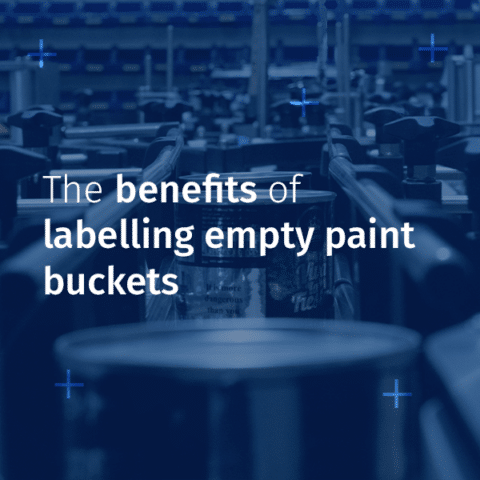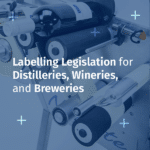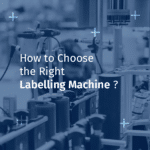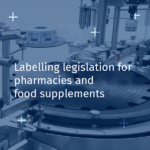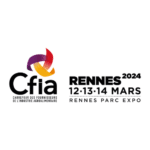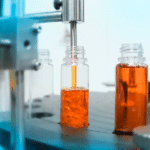In paint packaging, labels can be applied either before or after filling. However, labelling empty buckets offers several practical and cost-saving advantages that are often overlooked.
The drawbacks of labelling filled buckets
Heavier weight means more handling difficulties
A filled bucket is significantly heavier, which can slow down the packaging line. Machines must be built to handle the added weight, and for operators, handling containers that weigh several kilos all day can be physically demanding.
For example, a 10L metal paint bucket weighs around 1.5 to 2 kg when empty, but can reach 14 to 17 kg once filled, depending on the paint’s density.
Without suitable handling equipment, this becomes tiring and inefficient—two key points to consider when optimising production flow and reducing unnecessary effort.
Handle interference
The presence of a handle can be problematic during labelling if it’s not correctly positioned. The bucket needs to rotate smoothly for label application, but the handle may obstruct that movement.
To work around this, you either need to reposition the handle manually or invest in a machine that can automatically lift and hold it during the labelling process. Both options add technical complexity—and cost.
Why labelling before filling makes sense
Simpler, more accessible equipment
Machines designed to label empty buckets are generally more streamlined, easier to operate, and more affordable. They require fewer adjustments, less maintenance, and therefore lower investment overall.
A smoother process
Without the added weight of the product, buckets are easier to handle. This speeds up labelling and makes daily operations easier for the team, especially when dealing with large volumes.
Fewer cleaning challenges
When labelling is done post-filling, there’s always a risk of paint residue on the bucket surface, which can affect label adhesion. A dirty or greasy surface can cause labels to peel or appear flawed.
Labelling before filling means working with clean, dry containers—ensuring better adhesion and a more professional finish. It also eliminates the risk of labels being applied to already stained or paint-spattered buckets.
The Ninon Konic: a purpose-built solution
To meet growing demand for pre-fill labelling, we offer the Ninon Konic, an automatic labelling machine designed specifically for conical products like paint buckets. With its precise centring system and ability to adapt to various formats without the need for specific tooling, the Ninon Konic delivers fast, clean, and consistent label application.
Conclusion
Labelling paint buckets before filling can significantly simplify the process, reduce technical complications, and improve working conditions for your staff. Whether your production is small or large scale, we have solutions to match your needs.
Get in touch to learn more about our machines and discover the one that’s right for your business.
